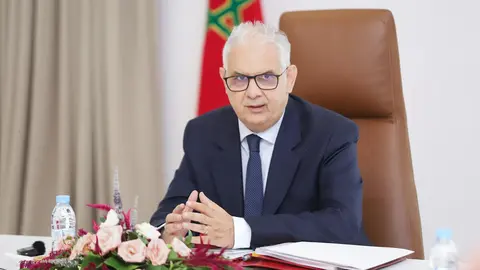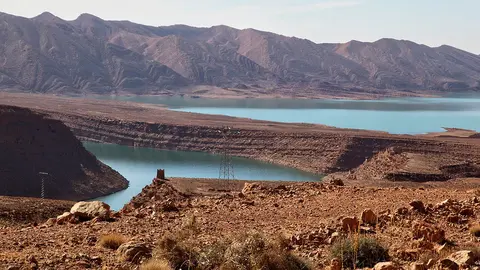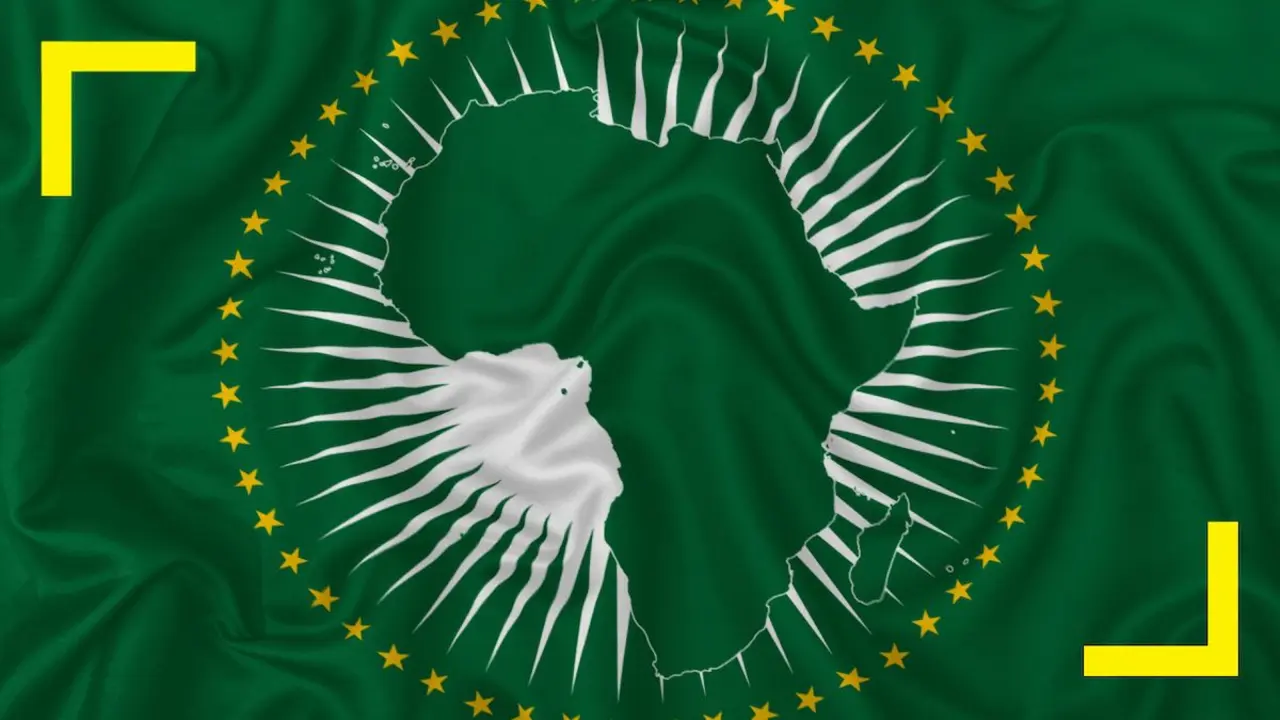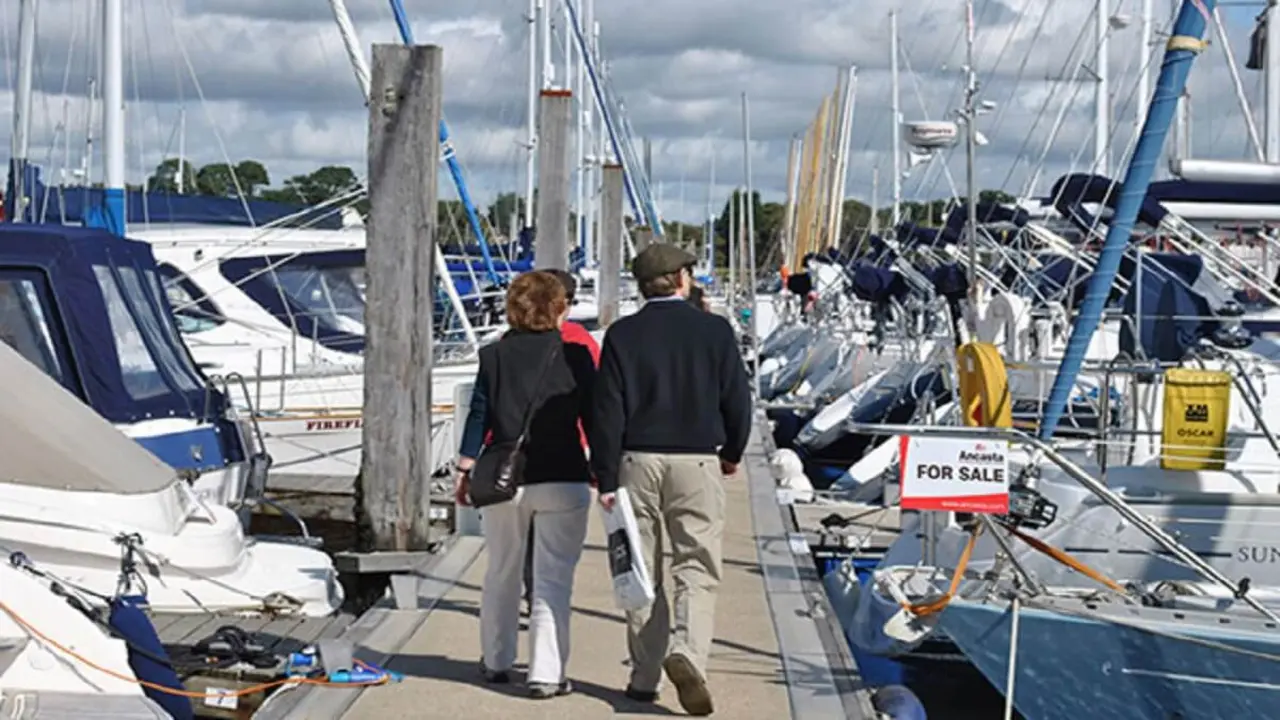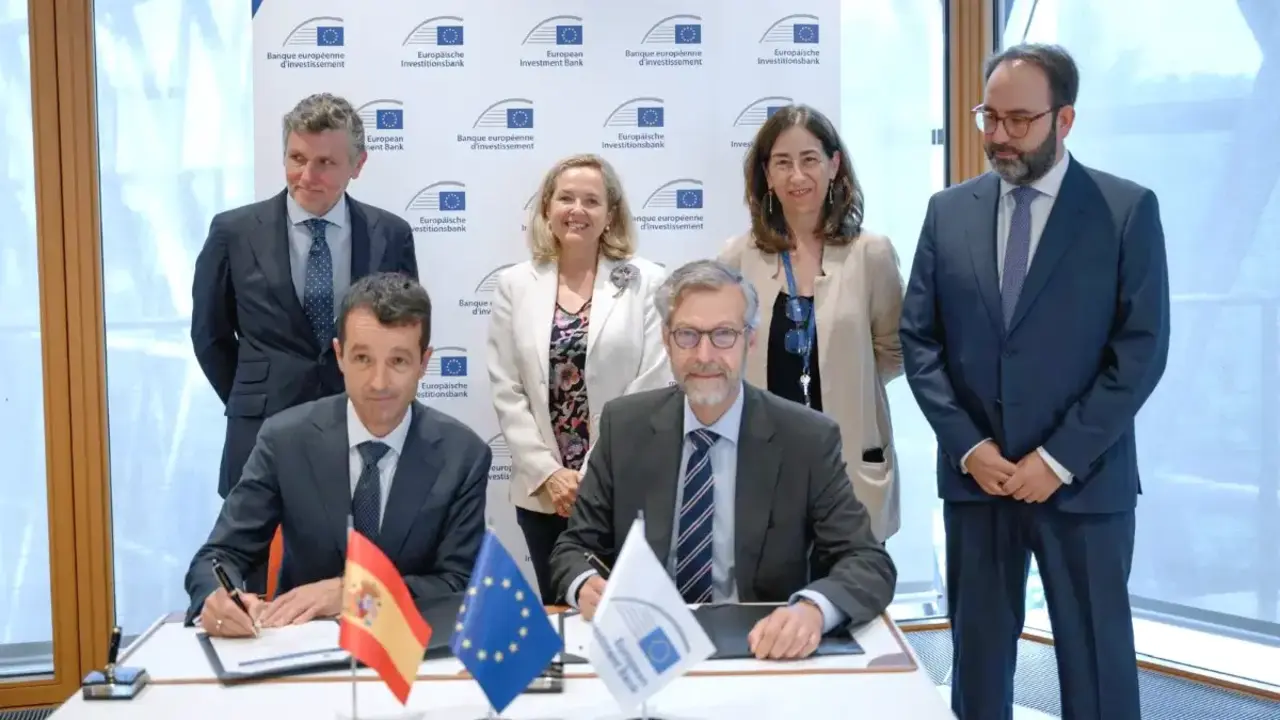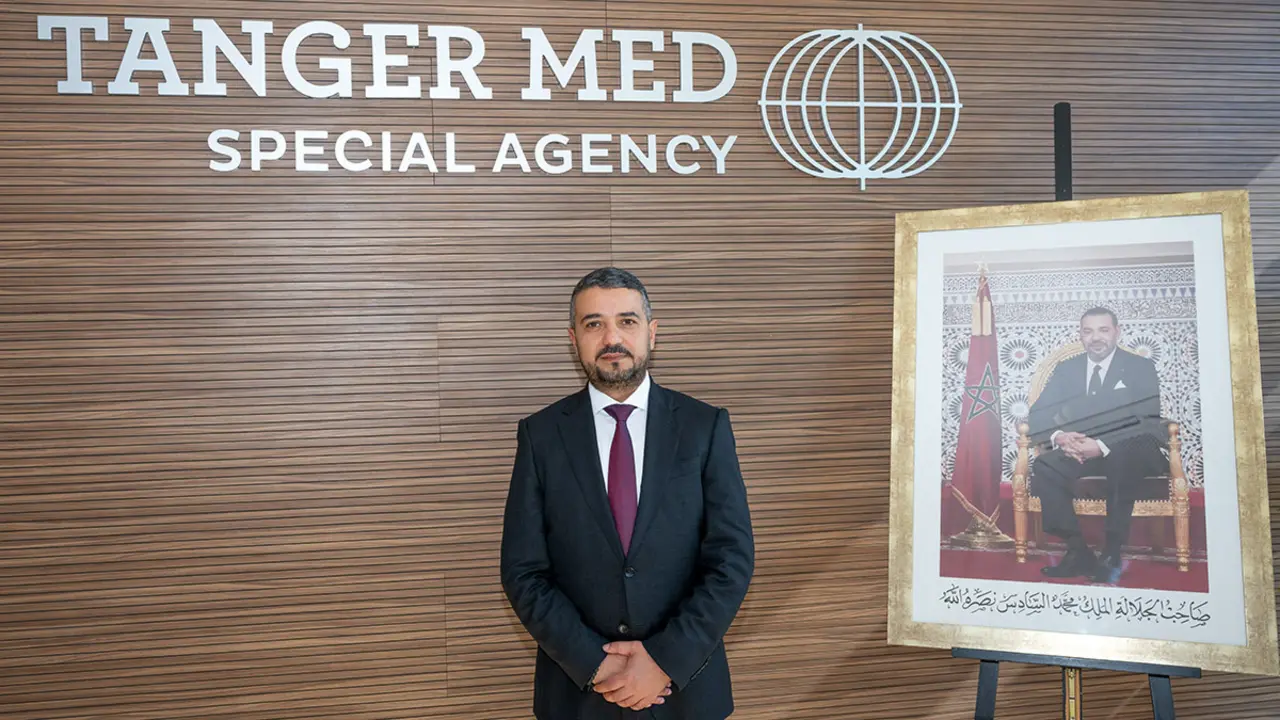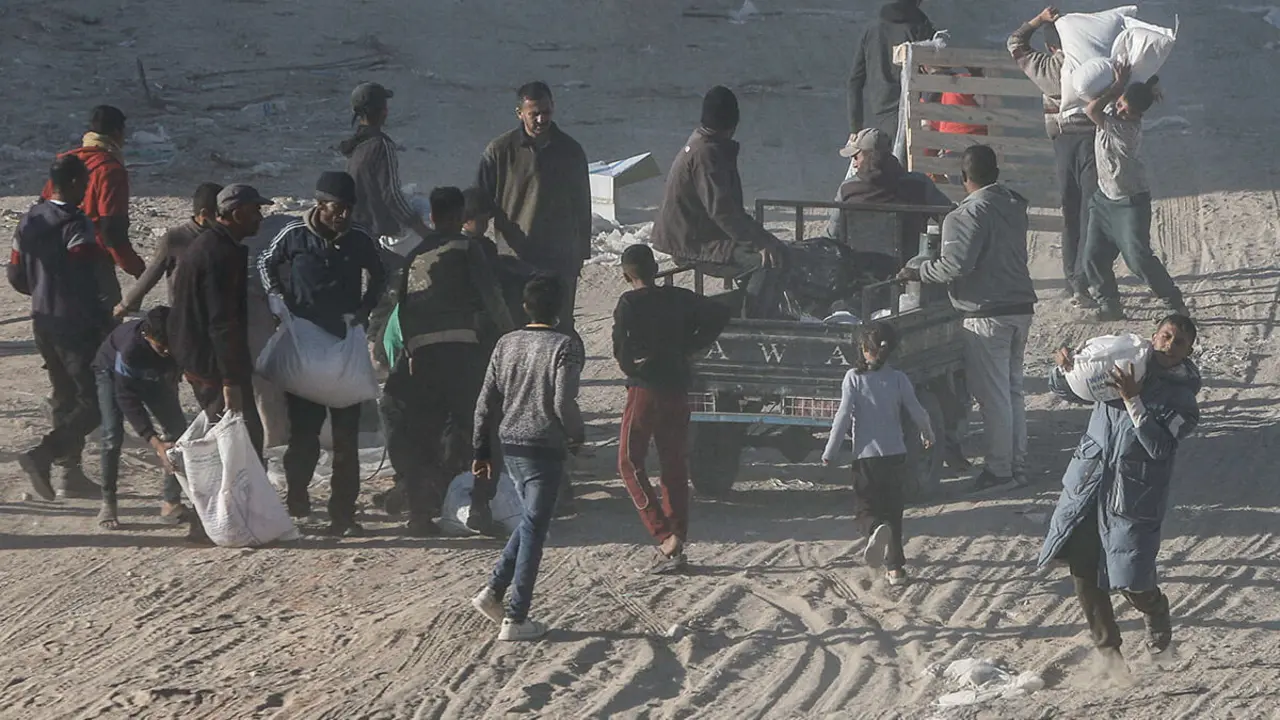Morocco confirms the inauguration of the new Tamri dam in Agadir in 2026
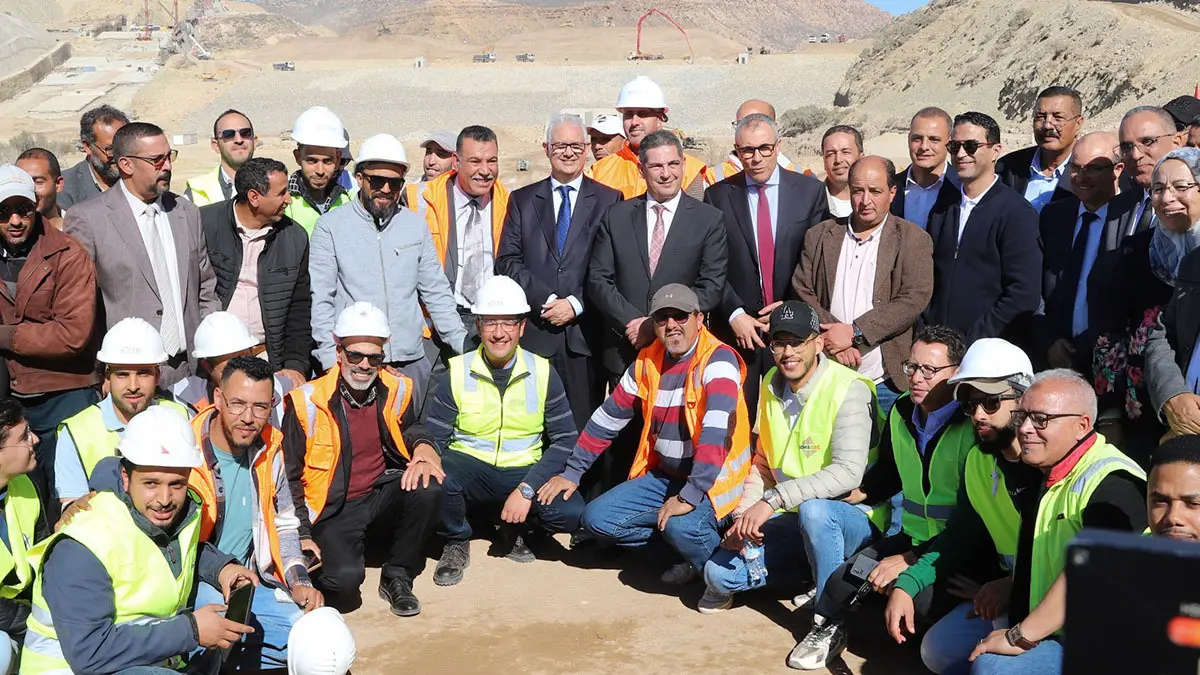
Morocco has taken a new step in its initiatives to combat climate change and drought with the bringing forward of the Tamri dam project in Agadir, initially planned for 2029, which will be ready by the beginning of 2026.
After visiting the dam under construction, Nizar Baraka, Minister of Equipment and Water, said that ‘the works are progressing significantly and at an accelerated pace’.
Construction work on this hydraulic structure, part of the National Programme for Drinking Water Supply and Irrigation 2020-2027 (PNAEPI/2020-2027), began in August 2022. With a capacity of 204 million cubic metres of water, 75 metres high and 406 metres long, the Tamri dam will be the fourth largest in the country.
With an investment of approximately 270 million dollars, the new reservoir will contribute to the supply of drinking water to Greater Agadir, the irrigation of agricultural land and the strengthening of the water table.

Part of the investment has been allocated to the construction of a 10-kilometre stretch of road at the turn-offs from the N113 regional road as it passes through the N11 national road. The aim of the complex is to eliminate the problem of water scarcity suffered in the Souss-Massa region.
السيد نزار بركة @nizar_baraka، وزير التجهيز والماء، في زيارة ميدانية بجهة سوس ماسة، قصد متابعة تقدم سير أشغال عدد من المنشآت المائية والمشاريع الطرقية بالجهة، وذلك على هامش اجتماع مجلس إدارة الحوض المائي لسوس ماسة، المنتظر عقده غدا.#وزارة_التجهيز_و_الماء #المغرب #جهة_سوس_ماسة… pic.twitter.com/Ylnsb2NPTM
— Ministère de l'Equipement et de l'Eau (@Equipement_Eau) February 11, 2025
In parallel, Minister Baraka, accompanied by the Wali of the Souss-Massa region, Saaid Amzazi, announced the extension of the Mokhtar Soussi dam, which will become the second largest dam in Morocco. This set of investments is being made in order to guarantee the supply of drinking water for the entire population of the country.

Climate change and drought
The problem of drought, which is a result of climate change, is one of the main concerns of Moroccan citizens.
With a slight but incessant advance, climate change is shifting the arid climate of the southeast towards the north, that is to say, the desert is getting closer and closer to spreading to the whole of the national territory. If this happens, the consequences would be catastrophic. For this reason, the Moroccan government has been adopting various initiatives for the last five years to delay this desertification process as much as possible.
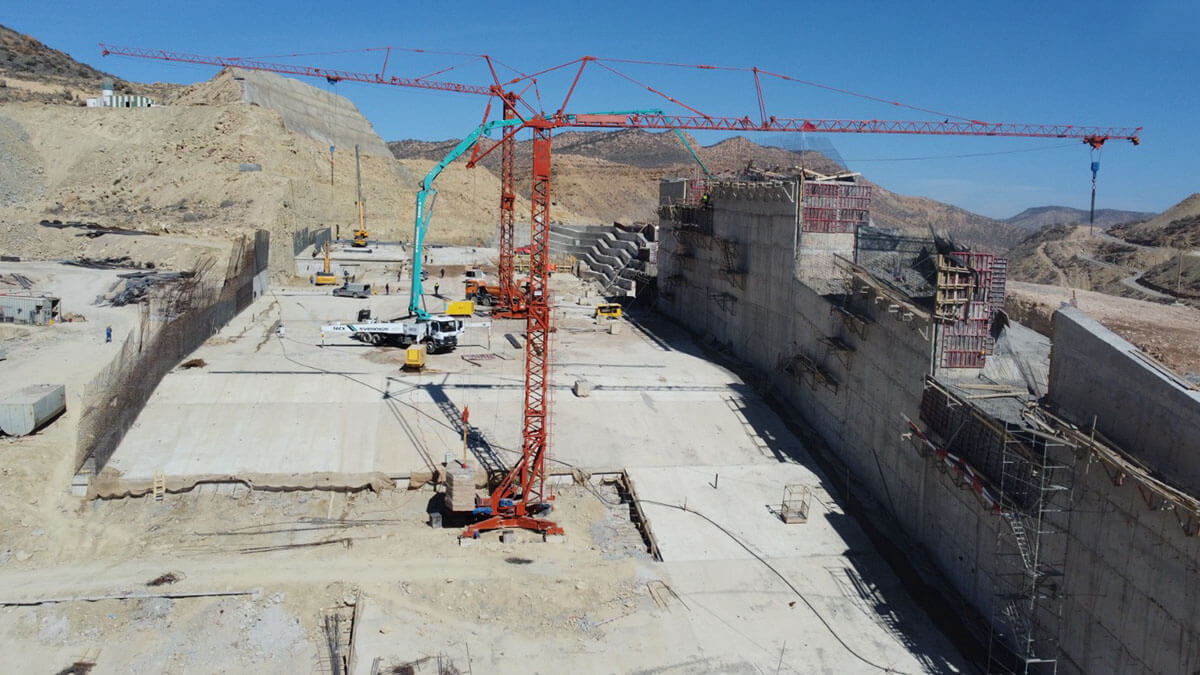
The importance of the water issue was demonstrated in the speech given on the 25th anniversary of the accession to the throne of the King of Morocco, Mohammed VI. In it, the monarch committed to being proactive and taking advantage of technological innovations in the fight against extreme weather events.
Based on this, the authorities of the General Directorate of Water Engineering in Rabat, responsible for the river basins, and the Ministry of Equipment and Water divided the National Supply Programme into three parts: desalination, development of dams and reservoirs, and water highways.

Desalination
In order to guarantee access to drinking water, Morocco designed a development plan for desalination plants, which has been requested by countries such as Germany, France and Spain due to its efficiency.
Currently, the Alaouite country has 15 desalination plants that treat more than 190 million cubic metres of water per year, which represents 15% of the country's consumption. However, the importance of agriculture and industry means that only 44% of the total is used for consumption, so the desalination plants produce 6.5% of the total water consumed.
Looking ahead to 2027, the country plans to build five plants in order to reach the figure of 300 million cubic metres of water per year.
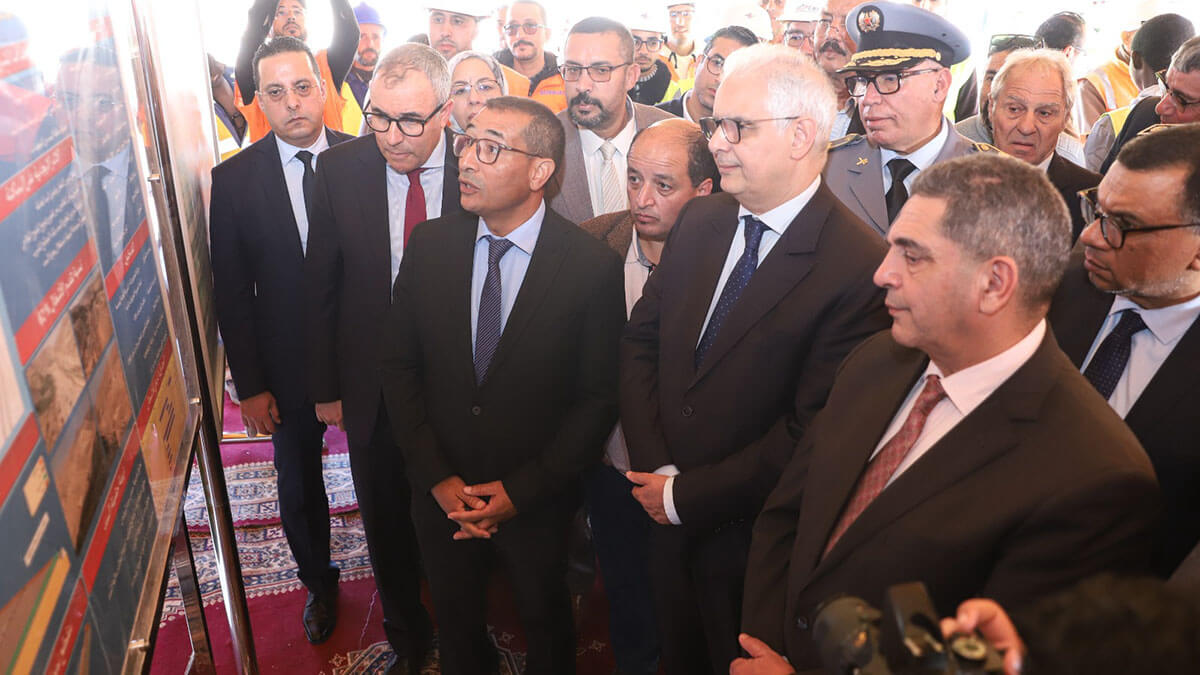
Dams and reservoirs
This is undoubtedly the section of the Supply Programme in which the Government has invested the most resources. With a total of more than 800 million dollars since 2020, Morocco is building one of the most profitable dam and reservoir systems in Africa.
With the capacity to hold 87% of the total water needed to meet the country's needs, dams and reservoirs are the main focus of the fight against drought. In addition, recent rainfall has meant that the dams in the south-east of the country are at an all-time high.
The government plans to build 179 dams by 2027, which would make the North African nation the African country with the most hydraulic structures and with which it is hoped to obtain more than 92% of the total water needed.
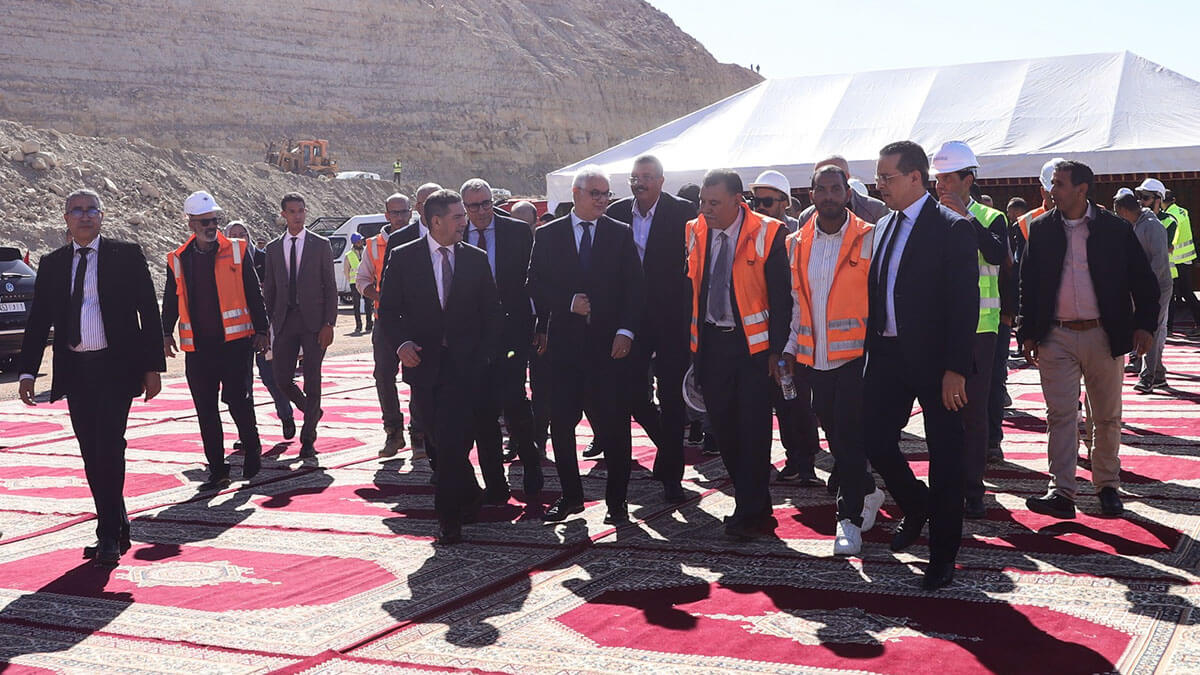
Water highways
One of the great successes of the Alaouite Administration. Morocco's water highways have transported almost 500 million cubic metres in one year. Within the framework of the National Hydrographic Plan, the water highways have made it possible to guarantee the supply of drinking water throughout this period to the cities of Rabat and Casablanca, that is to say, they supply more than 12 million people.

